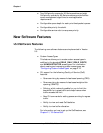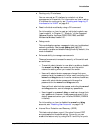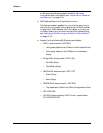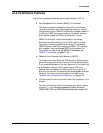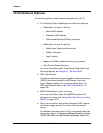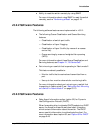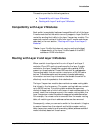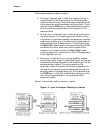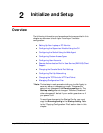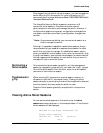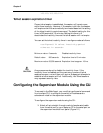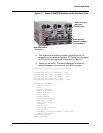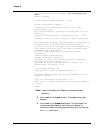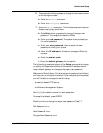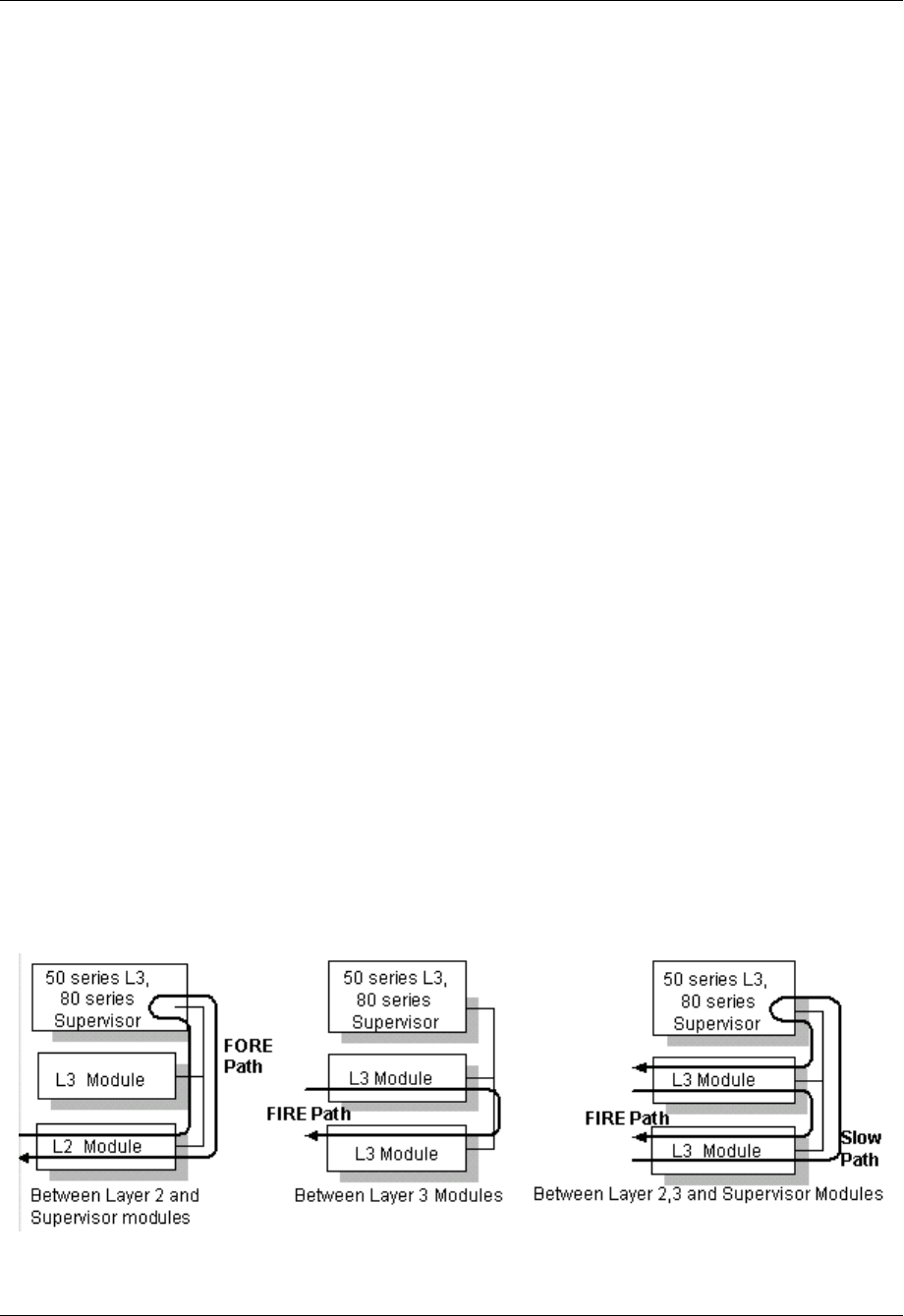
1-30 Avaya P550R, P580, P880, and P882 Multiservice Switch User Guide, v5.3.1
Chapter 1
This process creates three distinct results:
■ All known (learned) layer 3 traffic that requires routing, is
routed directly by the 50 series layer 3 or 80 series media
module without a need to traverse the switching fabric to get
to the supervisor module’s software routing function. This is
referred to as the FIRE path, or Fast Inband Routing Engine,
since the routing is accomplished in the hardware in the
media modules.
■ All unknown (not learned) layer 3 traffic must first be sent to
the 50 series layer 3 or 80 series supervisor module, where
information on the frame is added to the supervisor module’s
master routing table, then it is added to the address cache of
each applicable layer 3 media module. This is referred to as
the Slow Path, since the routing is accomplished by the CPU
and software in either supervisor module instead of the
hardware in the media modules.The Slow Path is used
when the destination is unknown for IP and IPX packets and
for all AppleTalk routing.
■ Since layer 2 modules have no routing capability, packets
that are received by a layer 2 module and require routing are
forwarded by sending the packet to the 50 series layer 3 or 80
series supervisor module. The routing engine on the
supervisor module then performs the routing operation for
the layer 2 modules and sends the packet back through the
switching fabric to the destination port.This is referred to as
the FORE path, or Fast Out of Bands Routing Engine, since
the routing is accomplished in the hardware of either
supervisor module.
Figure 1-5 shows how traffic is routed in a switch.
Figure 1-5. Layer 2 and Layer 3 Routing in a Switch



